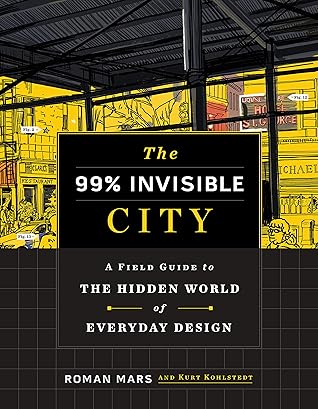In 1783, Paris implemented a twenty-meter (roughly sixty-five feet) restriction on building heights, but with it came a crucial caveat: this limit was based on measuring up to the cornice line, not the roof zone above. Historically, Parisian buildings were tall, narrow, and deep, and typically featured a shop on the ground floor, a shopkeeper’s residence above that, and family residences above that. The top floor was often used for storage, but population pressures made that real estate too valuable. Property owners seeking to optimize their habitable space responded by building mansard-type
...more
Welcome back. Just a moment while we sign you in to your Goodreads account.


